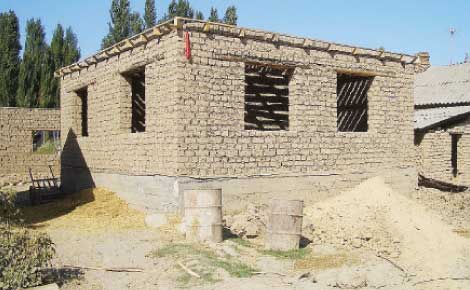×
The Standard e-Paper
Join Thousands of Readers

Building experts say that with the cost of land and building materials ever-rising and developers only targeting the high-end market, potential homeowners should go the unconventional way when looking for solutions, writes PAUL KARIUKI